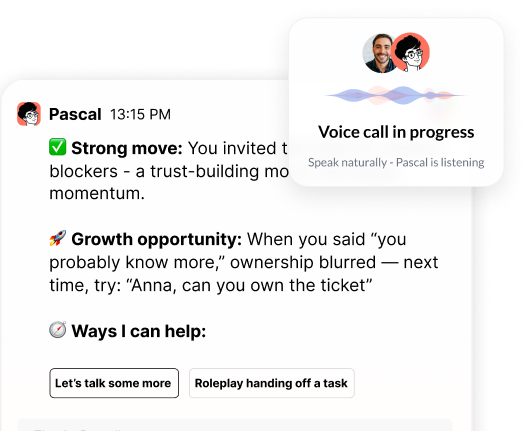GPTs are General-Purpose Technologies: What that means for work
A recent research from Cornell University takes a first look at how models like GPT-4 may affect U.S. jobs. The analysis offers one of the most rigorous early attempts to quantify exposure across occupations, combining expert judgment with GPT-4’s own classifications. The results are striking.
The scale of potential exposure
The authors find that around 80% of the U.S. workforce could have at least 10% of their work tasks affected by the introduction of LLMs and 50% of tasks in the US economy are expected to be automated. For about 19% of workers, half or more of their tasks may be impacted.
The exposure is not confined to one segment of the economy. As they write, “The projected effects span all wage levels, with higher-income jobs potentially facing greater exposure to LLM capabilities and LLM-powered software.”
This is a critical nuance. Higher-wage roles have historically been buffered from automation. The study suggests LLMs break that pattern.
Speed and scale through software
The paper highlights the importance of moving beyond the raw model to the software built on top of it. “With access to an LLM, about 15% of all worker tasks in the US could be completed significantly faster at the same level of quality. When incorporating software and tooling built on top of LLMs, this share increases to between 47 and 56% of all tasks.”
That gap shows how applications, integrations, and workflow design will determine the real productivity gains. It also underscores why the policy conversation must extend beyond models themselves to the ecosystem forming around them.
Implications for leaders
For HR and business leaders, three implications stand out:
- Exposure is broad. Knowledge work is not insulated. Prepare for redesign across functions, not just in repetitive or low-skill tasks. The task framing in this research is particularly valuable, rather than asking whether entire jobs will be automated, leaders should break jobs down by task to understand what aspects of work are being automated, how much time that frees up, and what that capacity can be repurposed for. This granular view moves beyond skills-based thinking to reveal opportunities for role redesign and strategic reallocation of human effort.
- Adoption pathways matter. The difference between 15% and 56% depends on how fast organizations build software and processes on top of LLMs. Early movers will learn faster.
- General-purpose means persistent. Technologies in this class (electricity, the internet) didn’t just affect one sector. They redefined the structure of economies. Leaders need a lens for long-term adaptation, not just short-term efficiency.
The authors conclude that, “LLMs such as GPTs exhibit traits of general-purpose technologies, indicating that they could have considerable economic, social, and policy implications.”
Closing thought
The labor market impact of LLMs will not unfold overnight, but the direction is clear: exposure is wide, potential productivity gains are substantial, and the framing of GPTs as a general-purpose technology sets the stage for deep shifts in how work is designed.


.webp)








.png)